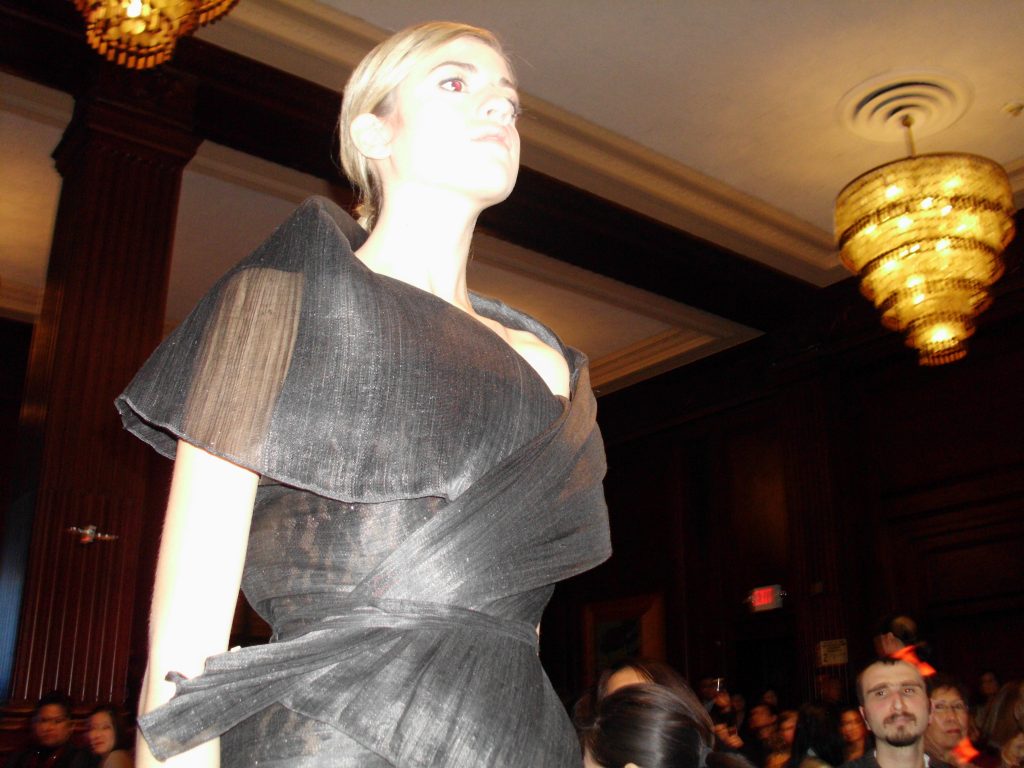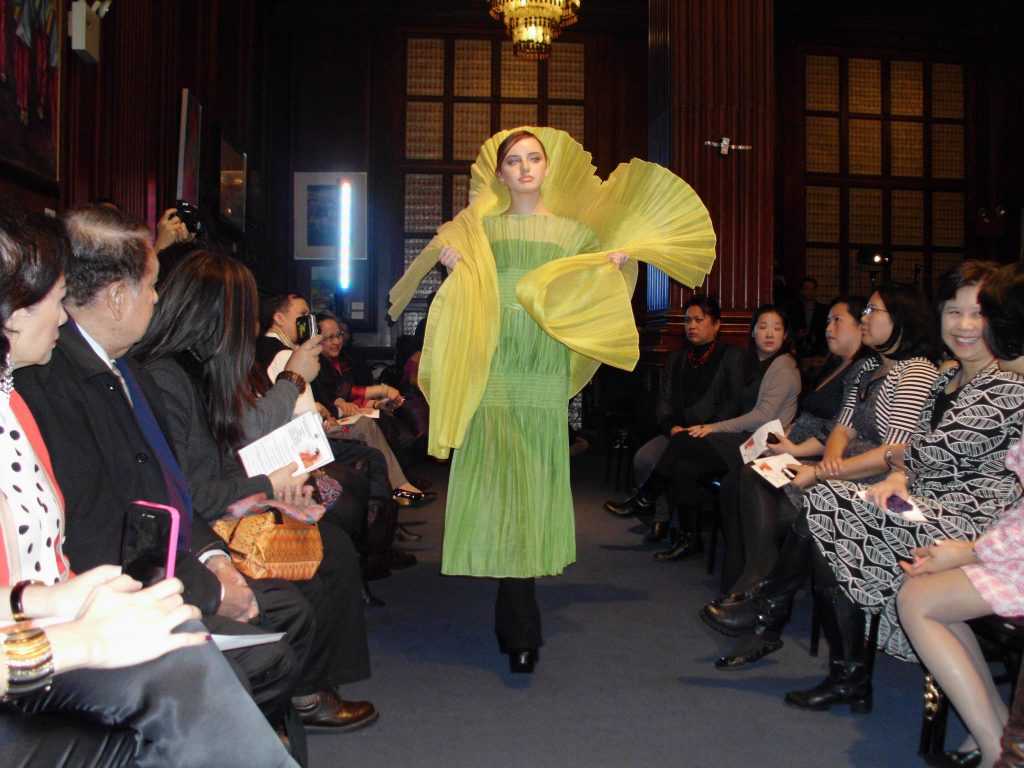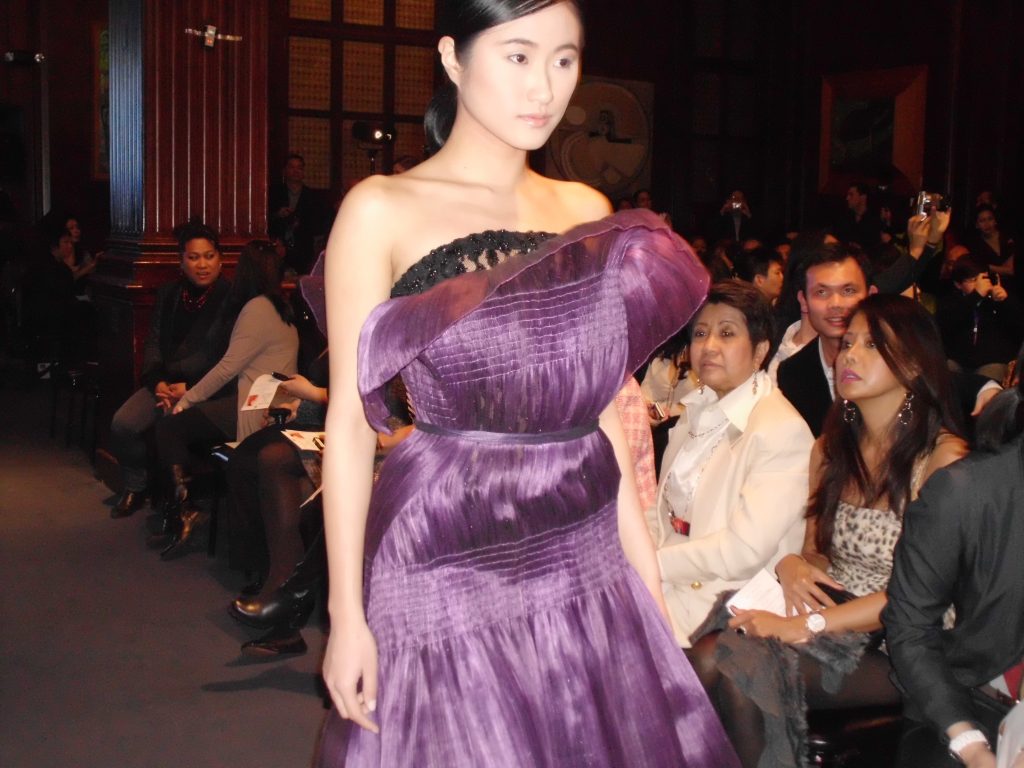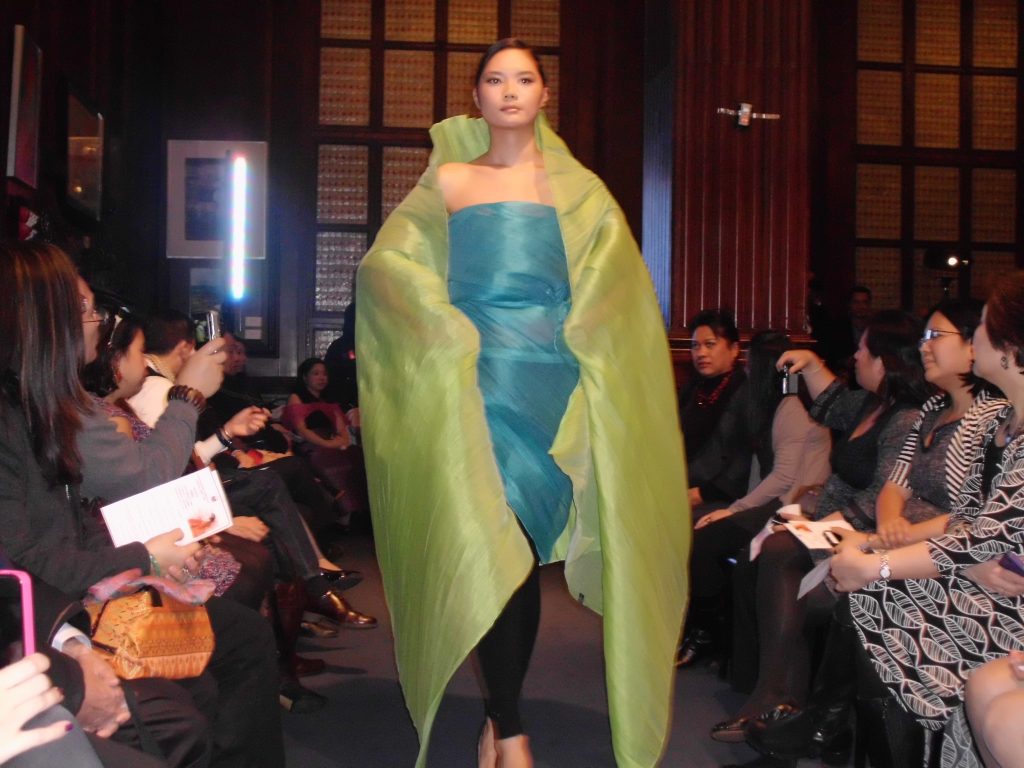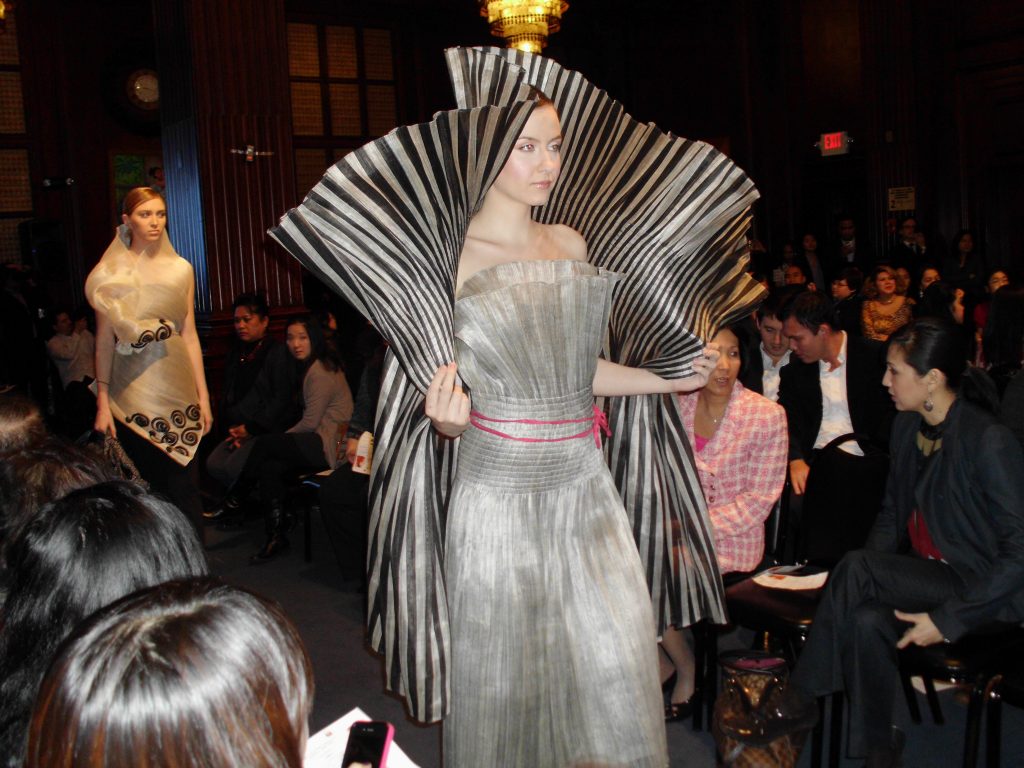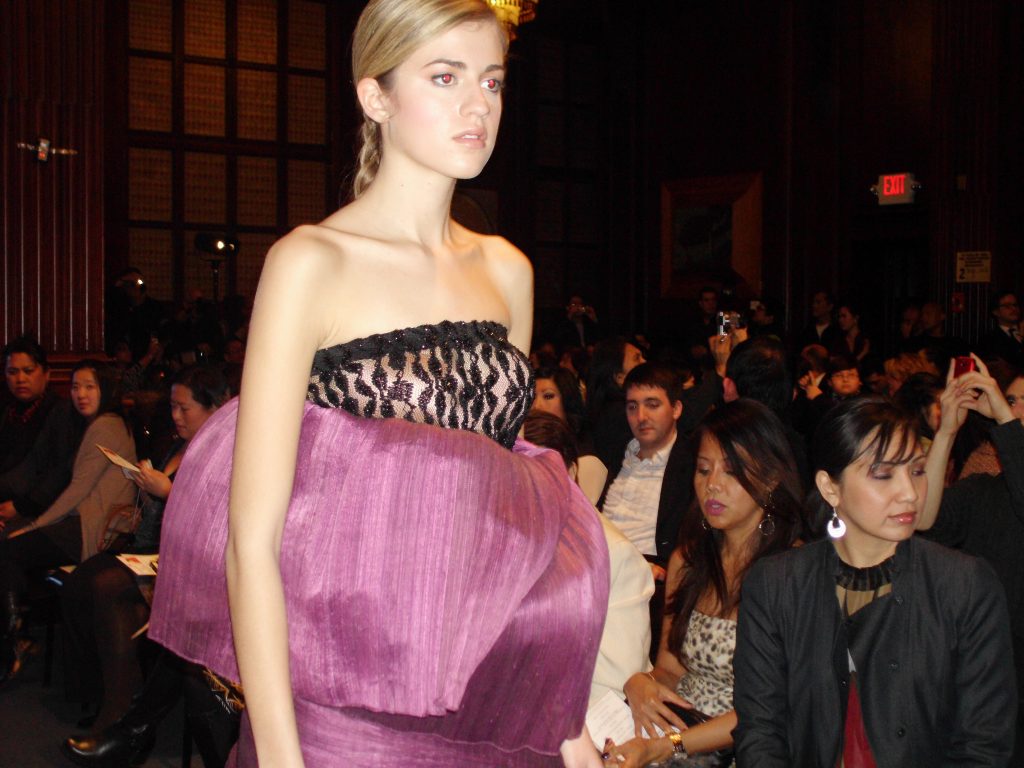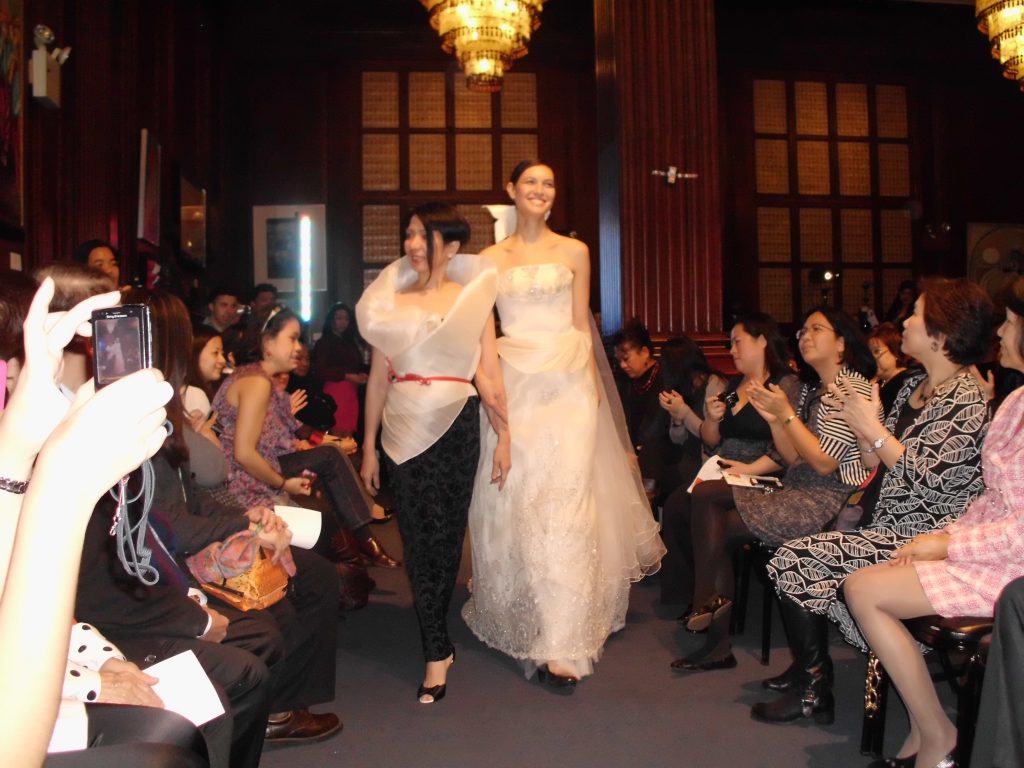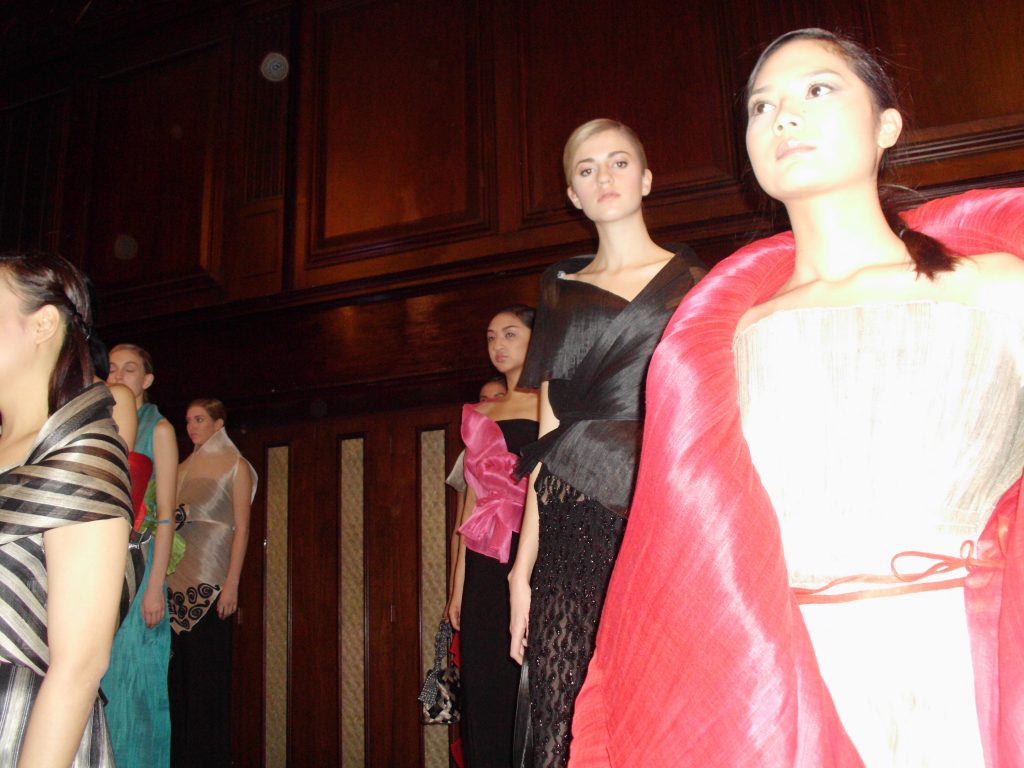Abaca/Banana Fibers: Fabric For Sustainable Fashion
Who would imagine that a stiff hard fiber sourced from an “abaca” plant and/or banana plant could be used as an alternative to conventional raw materials for avant-garde clothing and other fashion accessories? This is actually true and possible! In fact the said raw materials have been in existence and useful in some areas of the globe and in various ways even before the outbreak of World War 1!
Originating from a tropical country, I have known “Abaca” plant and its utilization but regrettably I have yet to see the abaca tree itself with my naked eye! I understand the abaca tree can be likened to a non- fruit bearing “banana plant” and that is the reason why the said plant is considered to be part of the “banana family”. Among the significant distinguishing marks between the two are on their leaves and fruits. Abaca leaves are generally dark green, narrow and pointed as opposed to the banana plant whose leaves have light green color and wider in shape. Abaca’s fruits are smaller and not as tasteful as that of the real banana tree. Believe it or not, the family roots of the abaca plant can be traced back all the way to the Philippines. This type of hard variety of abaca is different from the “Manila Hemp” (English translation) which can be found in other tropical countries. Hence, this is one of the indigenous plants and raw materials being regulated by the Philippine Government.
As a backgrounder, there are artists and fashion gurus advocating e-fashion over the years who have been able to thrive in a changing technology in fashion business. Fashion icons and budding fashion entrepreneurs continue to support and use indigenous materials (abaca fiber is just one of them) for a cause for some of their clothing lines despite the e-fashion industry’s weaknesses, e.g. mass production, pricing and marketability, among others. We cannot discount the fact that e-fashion products are quite pricey vis-a-vis the regular garments being traded in the retail market. These eco-friendly clothing lines are categorized in the business as “haute couture” where accurate attention handcrafted details are pretty astounding. Because of its high quality, e-fashion products are most of the times being marketed in expensive boutiques and designer labels, thus not everyone can afford to wear one. If you may recall, a blog article was posted in this website few years relative to “Buying and Using Eco-Friendly Products”, which mentioned that a certain non-profit organization manufacturing and selling high end sustainable fashion products for a cause had a tag price for one of its products, a bermuda short at $275.00! (Note that a regular dollar earner can find a bermuda short at Old Navy for only 10 bucks or even less.)
With the foregoing being said, there is no argument that a fashion designer advocating e-friendly garments, particularly enhancing one’s cultural heritage locally and abroad is truly laudable. There are actually fashion organizations which have continued and have been supportive of this cause. The National Association of Sustainable Fashion Designers is one of the bigger organizations which promotes so called sustainable fashion. In the same manner, there are fashion designers on their own initiative who have advocated the use and production of fashion wears and accessories out of indigenous materials.
A Filipino fashion designer who has been successful in her craft and an active supporter of a clean environment is Dita Sandico-Ong. Dita Ong took the opportunity of utilizing the fibers sourced from banana and/or abaca plant/pina in the Philippines, combining her artistic prowess in clothing designs and other variants of fashion lines. She has been promoting the said product not only in her home country but also in other fashion capital of the world such as Milan, Paris, Rome, and New York, one of the many ways of contributing to her country’s economic growth.
In collaboration with the Philippine Consulate General in New York, Dita Ong set the stage by hitting the catwalk showcasing her spring and summer unique and contemporary creations (“Czarist Charms: Filipiniana Flirting with the Unorthodox”) not only to the true blue New York fashionistas but also to high ranking officials and art connoisseurs who were invited to grace the said event. Her attention to detail and exquisite hand crafted fabrics made her collections more relevant to sustainable fashion.
The fashion models wore the colorful and beautiful clothing lines to a “T”. It consists of mostly multi-purpose wraps and can be used either as skirts, blouses, coats, headdresses or capes and depending on the occasion and the wearer’s styles and preferences. See some of the photos below taken during the fashion show for your scrutiny. (Note: photos are property of and exclusively for www.myusefultips.com’s use. Not for reproduction, please).
Those in attendance were the Philippine Ambassador to the United Nations, Consul General/Ambassador and his wife, and Deputy Consul General (in their beautiful abaca/pina dresses) with other foreign dignitaries and spouses. And we were one of them who graced the said occassion! Thank you for the invitation!
It was a site to behold with the exotic indigenous abaca/pina fibers taking the center stage in New York City! Clap! clap! clap!
